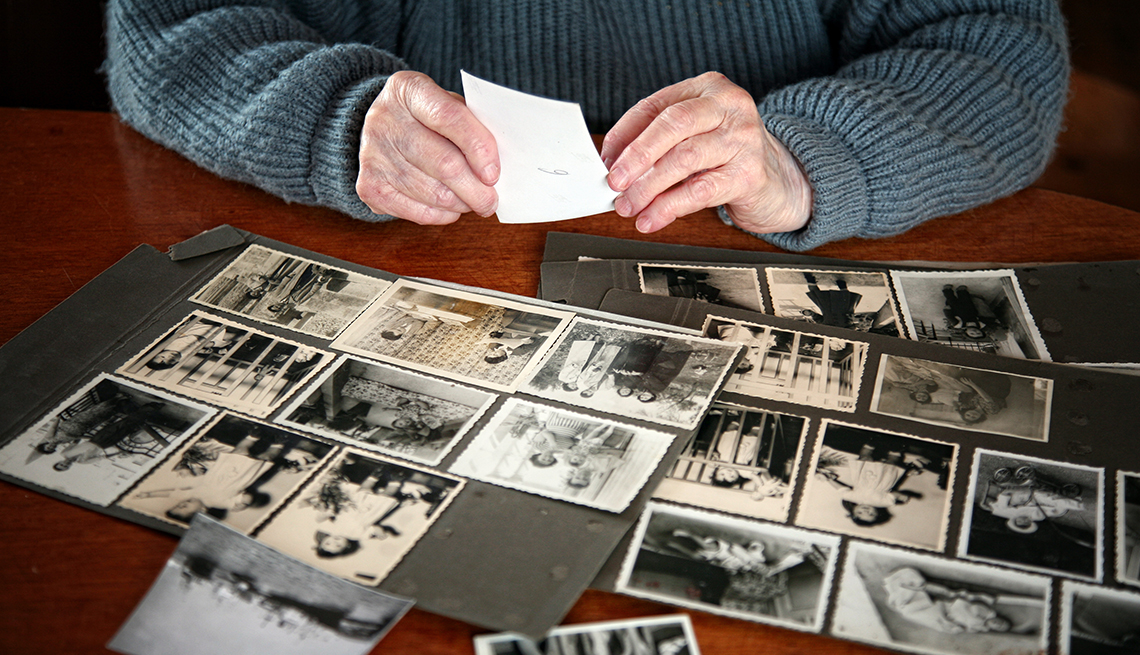Staying Fit
Interested in digging into your family tree? Amateur historians have a new online resource to explore that may shed light on what their recent ancestors were up to after World War II. The National Archives has published digital images of the 1950 U.S. census that anyone can access for free.
In April 1950 some 144,000 enumerators went knocking door-to-door across the nation to conduct the 1950 census — a tabulation of the population required each decade under Article 1, Section 2 of the U.S. Constitution.
The census takers recorded the information by hand on paper sheets (19 by 22 inches in size) that the U.S. Census Bureau collected for the enumeration. The documents (roughly 7 million) were recorded on microfilm and kept confidential for a required 72-year period, after which the National Archives and Records Administration releases them to the public.


AARP Membership— $12 for your first year when you sign up for Automatic Renewal
Get instant access to members-only products and hundreds of discounts, a free second membership, and a subscription to AARP the Magazine.
In addition to the 48 continental states, the 1950 census included the territories of Hawaii and Alaska and Indian reservations. The census also included American Samoa, Guam, the Panama Canal Zone, Puerto Rico, the U.S. Virgin Islands, as well as Canton, Johnston, Midway and Wake islands.
Through the pandemic, census workers digitized the microfilm records. The images were then scanned using an optical character reader to translate the handwritten names into computer-readable fonts, to create a searchable database for the public.
“It is a big job,” Jay Bosanko, chief operating officer of the National Archives and Records Administration, said in a video statement.
The result is a treasure trove of information of particular interest to historians and genealogists.
“The 1950 census reflected the continuing population shift from rural to urban areas and the rise of suburbs around major cities. It’s the first census after World War II, and it’s the first census of the baby boom generation,” Bosanko said.
Where to begin
If you are interested in finding a record, the National Archives has created a search page at 1950Census.Archives.gov that is free to the public. The documents are searchable by state, county/city, name, enumeration district and Indian reservation schedule (if applicable). Search returns include alternate spellings, to account for misspellings and scanning errors. The Archives website also has a feature to allow users to correct any errors they find.
“This is an opportunity for you to help us refine and enhance OCR-created names and make the population schedules more accessible for everyone,” archivist David S. Ferriero said in a video statement.
Search tips
Here are five tips the Archives suggests for improving your search results.
- Search for the first and last name of the head of household (plus state and county of residence, if known). The surname was written on the census form only on the line for the head of household and other persons in the household with a different surname.
- Select multiple filters (name, state, county/city, enumeration district) to narrow your search for a specific record.
- Exact spelling of a name isn’t required. The search engine will return any close variations or matches.
- When you find a record of interest, click on the buttons or links labeled “Population Schedules,” “ED Maps” and “View Original ED Description” to view a digitized copy.
- Use the transcription feature to correct and add names to the site’s name index, to improve its accuracy.
What you can learn
The census is “a very important building block” for any American researching family history. “It gives a snapshot of information on individuals and families at 10-year-intervals that can help researchers trace, reconstruct and build a story of their ancestors’ lives,” National Archives genealogy expert Claire Kluskens said in a video statement.



































































